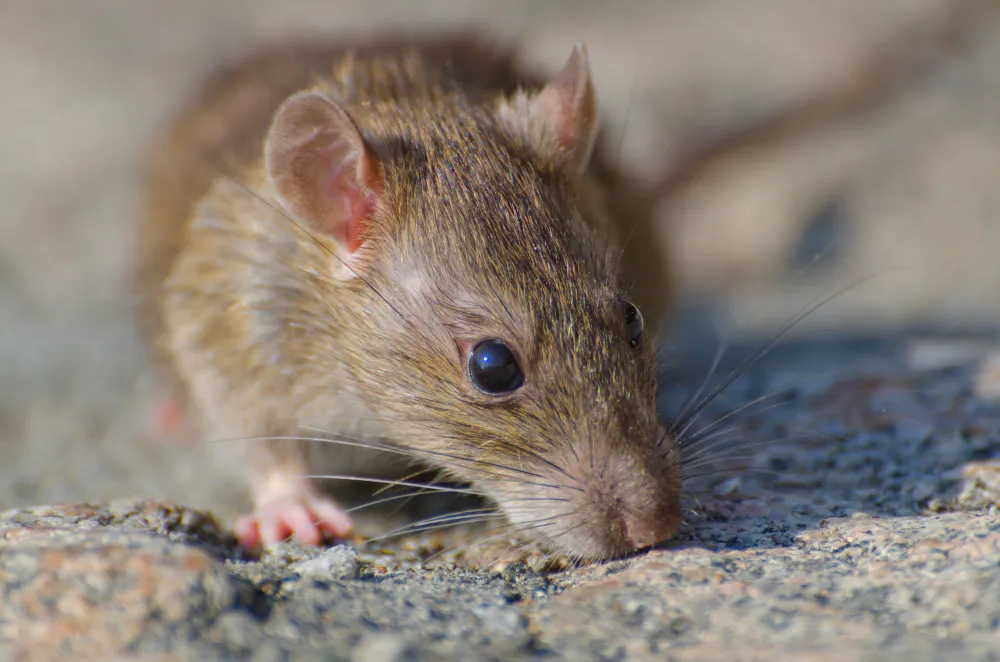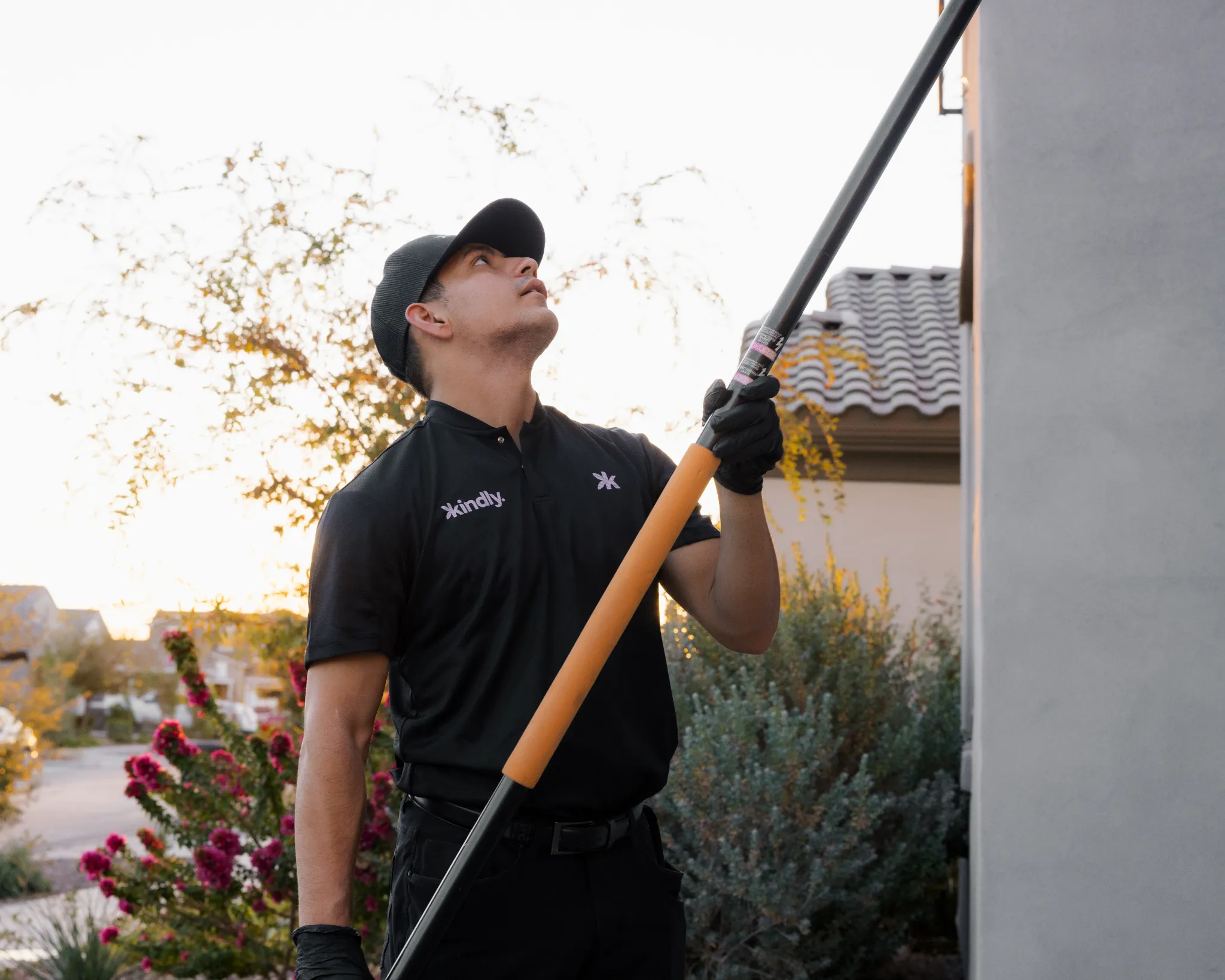A Comprehensive Guide to the Most Common Rodents in Phoenix: Insights, Identification, and Management Strategies
This article delves into the diverse world of rodents commonly found in Phoenix, offering readers an in-depth exploration of their characteristics, behaviors, and habitats. With a focus on identification and effective management strategies, it equips homeowners and residents with practical knowledge to address potential rodent issues.
Whether you are seeking to understand these creatures better or looking for solutions to control their presence, this comprehensive guide serves as an invaluable resource for all.

Understanding Rodents in Phoenix
Overview of Rodent Species
Rodents play a crucial ecological role, serving as both prey and competitors within various ecosystems. In urban environments like Phoenix, understanding local rodent species is essential for effective pest control. Rodents can significantly impact human environments, leading to health risks and property damage if not managed properly.
Common Rodent Species Found in Phoenix
In Phoenix, several rodent species are prevalent, including Roof Rats, Norway Rats, and House Mice.
-
Roof Rats: Typically 16 to 18 inches long, these rodents are characterized by their black or dark brown fur and long tails. They prefer to nest in high places, such as attics and trees, making them common in urban areas.
-
Norway Rats: Larger than Roof Rats, Norway Rats can reach lengths of up to 18 inches. They have a stocky build, brown fur, and are often found burrowing in the ground or within basements and sewers.
-
House Mice: These small rodents, usually around 2 to 4 inches long, have a grayish-brown color and are known for their adaptability to human environments. They often nest in walls, cabinets, and other sheltered areas.
Understanding the distinctive characteristics and habitats of these rodents is vital for effective management.
Identifying Rodent Infestations
Signs of Rodent Presence
Identifying the signs of rodent activity is the first step in managing an infestation. Common indicators include:
- Droppings: Fresh droppings are typically dark and shiny, while older droppings may appear dried out and crumbly.
- Gnaw Marks: Rodents often leave gnaw marks on food packaging, wood, and other materials.
- Nests: Look for nests made from shredded paper, fabric, or insulation.
Noises associated with rodent infestations, such as scratching or scurrying, can often be heard at night when rodents are most active. Visual identification tips include observing the size and color of the rodent, which can help distinguish between species.
Health Risks Associated with Rodents
Rodents are known carriers of various diseases, including hantavirus and leptospirosis, which can pose significant health risks to humans. The Centers for Disease Control and Prevention (CDC) emphasizes the importance of rodent control for public health. Additionally, rodents can cause substantial damage to property and food sources, making effective management essential.
Effective Rodent Management Strategies
Prevention Techniques
Preventing rodent infestations begins with sealing entry points in homes and buildings. Here are some tips:
- Seal Cracks and Holes: Inspect your home for gaps and cracks, particularly around windows, doors, and foundations, and seal them with appropriate materials.
- Proper Food Storage: Store food in airtight containers and promptly clean up spills and crumbs to minimize attractants.
- Waste Management: Ensure that garbage is stored in sealed containers and disposed of regularly.
Landscaping practices, such as keeping vegetation trimmed and removing debris, can also deter rodent habitation.
Control Methods
When it comes to controlling rodent populations, several methods can be employed:
-
Humane Trapping: This method involves using traps that capture rodents without harming them, allowing for relocation. It is effective but requires regular monitoring.
-
Rodenticides: While effective, the use of rodenticides comes with pros and cons. They can be hazardous to pets and non-target wildlife, so caution is necessary.
-
Professional Pest Control Services: In cases of severe infestations, seeking professional pest control services, such as Kindly Pest Control, may be the best option. They can provide a free pest control quote and implement comprehensive management strategies.
Conclusion
Recap and Final Thoughts
Understanding and managing rodent populations in Phoenix is crucial for maintaining a healthy living environment. By taking proactive measures for rodent prevention and employing effective management strategies, homeowners can significantly reduce the risk of infestations. For further reading and assistance in rodent management, consider consulting resources from the American Housing Survey or local pest control experts.

Fast Response Time
We know how inconvenient pests are, so we respond quickly and provide service within 24 hours.

Kindly Pest Guarantee
We stand by our work with free re-services. If pests return between your scheduled services, we’ll come back at no cost.

Comprehensive Pest Coverage
Our protection program covers more than just the “easy” pests. We handle 29 of the most common household pests.